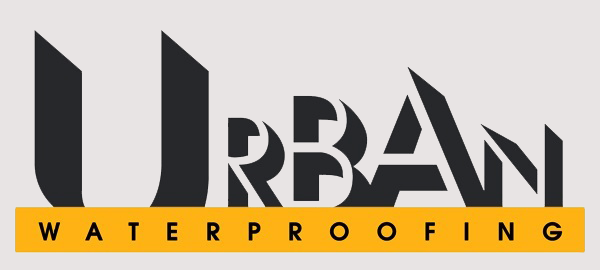The Silent Threat: Identifying Water Leaks
4 Signs Every Building Engineer Should Be Aware Of
As a building engineer, your role extends beyond maintenance; it’s about safeguarding the longevity and livability of the structures under your watch. Entrusted with the task of ensuring that the buildings you oversee stay sturdy, appealing, and fully functional for tenants, one often unnoticed adversary lurks in the background: water damage.
It's not just the dramatic events, like floods, that wreak havoc—often, it's the overlooked leaks that escalate into costly repairs. While thunderous storms make headlines, it's the everyday culprits like neglected irrigation and concealed roof issues that pose subtle yet potent threats. These seemingly harmless leaks, when ignored, can quietly undermine your property's foundation and lead to severe structural problems.
So we’re sharing with you four less obvious, but incredibly crucial signs, of water leaks. Understanding and addressing these signs will serve as your secret weapon in protecting your property, saving on costly repairs, and preserving its structural integrity.
Sign 1: Stained and Damp Ceilings or Walls
One telltale sign that something is amiss is the presence of stained or damp areas on ceilings or walls. These discolored patches indicate that water is infiltrating your building, and the longer it's left untreated, the more extensive the damage will become.
As a building engineer, you should be vigilant about inspecting these areas, especially after heavy rains or plumbing incidents. Addressing these stains promptly can save your property from structural deterioration and ensure the safety and well-being of your tenants.
Actionable Step: Conduct bi-annual checks, particularly after extreme weather events, and look beyond the stains for potential sources of leaks, such as cracked tiles or faulty roofing.
Sign 2: Peeling or Blistered Paint
When your property experiences water damage, paint is often one of the first casualties. The appearance of peeling, blistered, or bubbling paint can be a clear indicator of leaks or water intrusion.
Sometimes, these issues can be a result of moisture behind the walls or within the substrate, which isn't immediately visible. It's crucial to recognize these early warning signs. Left unchecked, this moisture can compromise wall integrity and indoor air quality. Tackling the root of the problem promptly can save you from more extensive and costly renovations in the future.
Actionable Step: Regularly monitor areas with a history of dampness, and if paint degradation is spotted, investigate immediately to address any underlying issues.
Sign 3: Musty Odors
Unpleasant odors in a building are often more than just a nuisance; they can indicate the presence of mold or mildew, which thrive in damp environments. If you or your tenants notice musty or moldy smells, it's essential to investigate the source.
Water leaks or damage can create ideal breeding grounds for mold. As a building engineer, you must address these odors swiftly. Mold poses health risks and can cause extensive property damage. Identifying and eliminating the cause will preserve your building's integrity and the well-being of its occupants.
Actionable Step: Establish a routine odor inspection schedule, especially in low-ventilation areas, and consider professional air quality tests to pinpoint hidden mold.
Sign 4: Damaged or Sagging Ceilings
A ceiling that is showing signs of damage or sagging may be the result of water damage from a leak or structural issues due to water infiltration. These damages could be particularly hazardous, as they threaten the structural integrity of the building.
Water damage is not something to be taken lightly, as it can weaken the building's structure over time. A ceiling's damage or sag is not only a structural red flag but also a liability risk. It can presage a ceiling collapse, which is both dangerous and costly. Addressing these issues as soon as they are noticed is vital for both the safety of your tenants and the overall health of the property.
Actionable Step: Perform regular visual inspections and engage with professionals for structural evaluations at the first sign of ceiling distress.
The Takeaway?
Proactive maintenance is key in preempting water damage. As a building engineer, your role is indispensable in maintaining the structural integrity, safety, and functionality of your property. Being attentive to these often subtle signs of water damage not only preserves the building's structure but also reinforces your commitment to tenant safety and property aesthetics.
Early detection and swift resolution of water leaks can prevent extensive damage to the building, save on costly repairs, and ensure the comfort and well-being of its occupants. By becoming a keen leak detective, you're investing not only in your property but also in the satisfaction and safety of your tenants.
